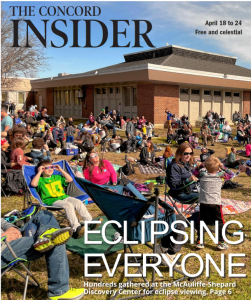Ghosts of the Tsunami
Richard Lloyd Parry
2017, 295 pages
Setting: Northeast Coast of Japan
A huge earthquake hit just off the coast of Japan on March 11, 2011. It was “the fourth most powerful earthquake known in the history of seismology. It knocked the Earth 10 inches off its axis.” The 120-foot-high tsunami it created slammed into northern Japan obliterating everything in its path. There were at least “18,500 people (who) died in the greatest single loss of life in Japan since the bombing of Nagasaki in 1945.” Additionally, so many bodies were never found and were not even accounted for in that total.
Ghosts of a Tsunami is interwoven with the personal stories of those few who survived and a gripping, slowly discovered answer to the mystery of why all of the teachers and students of one small school perished when so many from the same town had enough warning to escape and flee to high ground. This was the only school in the entire tsunami zone that had suffered such a devastating loss of life. Right after the wave, the parents of the students were, of course, distraught over the loss of their children. Then, in anger and grief, many started asking why. Why didn’t the teachers have the children climb the hill right behind the school to safety? How could these children have been allowed to die? Who was responsible for the total collapse of the tsunami safety protocol used in all the towns and schools in coastal Japan?
In what the author describes as an unheard-of breach in traditional Japanese respect and deference given to the officials of a town and the school administrators of the district, the parents demanded answers. They confronted the authorities in loud, anguished cries, asking why their children had to die and who was responsible for their deaths. Why were the answers being hidden from them?
The author of Ghosts of the Tsunami spent six years interviewing the survivors and researching the public records in preparation for writing this book. As soon as you start reading, you are transported into the small communities that were in the destruction zone of the huge wave. The author shares the personal accounts he heard and the stories he was told by those who were there and saw. It is a gut-wrenching description of what those killed went through and what survivors endured. For the most part, the people introduced in the book were able to get to high ground, sometimes just a few feet away from the wave’s grasp. Some watched their houses vanish, still with members of their families who weren’t able to escape. Others, amazingly, were caught up in the water, pummeled and bruised beyond recognition, but managed to survive by floating on pieces of debris. It is also a story of the dead as told by their bodies – if finally discovered – or worse still, buried under the mountains of debris years later.
Carol BouchardConcord Public Library
Visit CPL at concordpubliclibrary.net.










